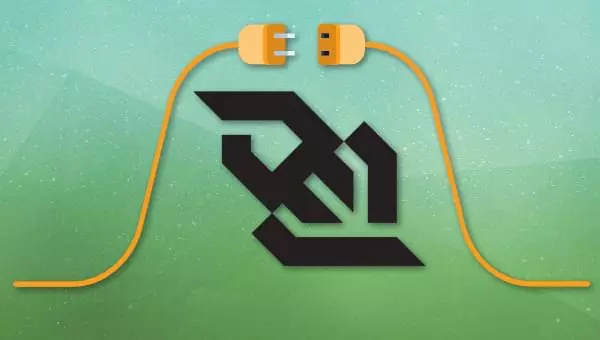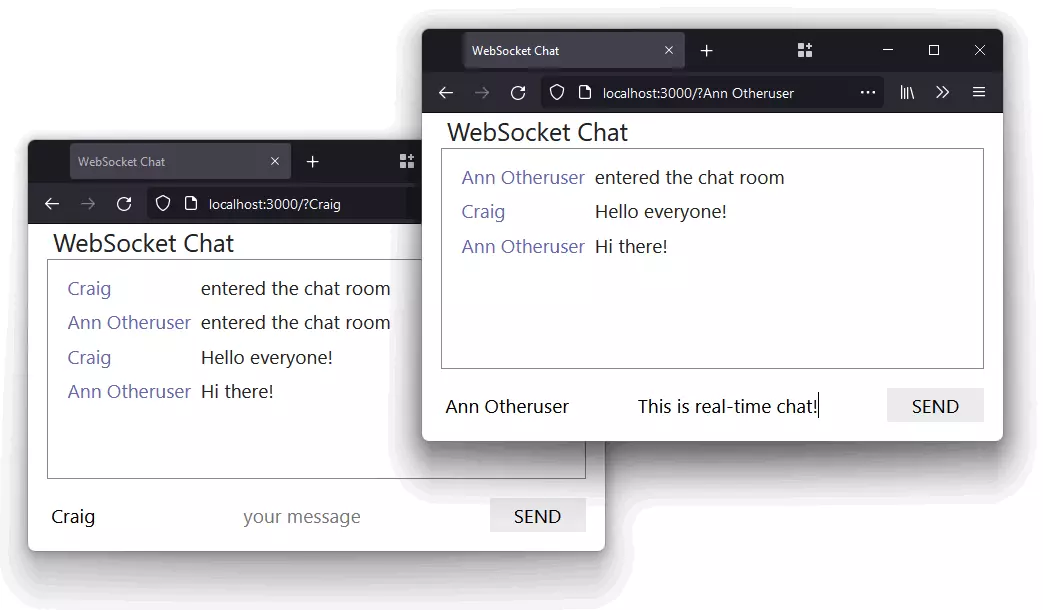

Node.js WebSockets: Real-time Communication Made Easy
This tutorial explores the power of WebSockets in Node.js for creating dynamic, real-time applications like dashboards, chat applications, and multiplayer games. Unlike traditional HTTP's request-response model, WebSockets establish persistent, two-way communication channels between a browser and server.
Why WebSockets? Beyond HTTP's Limitations
The web relies on HTTP's request-response cycle. While long-polling techniques can mimic real-time updates, they are inefficient. Server-Sent Events offer one-way server-to-browser communication, but true real-time interactivity requires WebSockets.
Understanding WebSockets
WebSockets utilize the TCP protocol (ws:// or the secure wss://). While they can operate on ports 80 and 443, most modern browsers (since 2012) support this protocol. A typical setup involves a web server for static content and a separate WebSocket server for real-time communication. The initial WebSocket request opens a channel, allowing both client and server to send messages that trigger events on the opposite end. Note that direct browser-to-browser communication isn't supported; all messaging goes through the server.
Implementing WebSockets in Node.js
Node.js lacks native WebSocket support, but the ws module (and many others) provide this functionality. This tutorial uses a simple chat application example.
Quickstart: A Simple Chat Application
git clone https://github.com/craigbuckler/node-wschat
cd node-wschat && npm install
npm start
http://localhost:3000/ in multiple browsers or tabs.
Code Overview: Server-Side (Node.js)
The Node.js application uses ws to manage WebSocket connections. Key events include:
connection: A new browser connects.message: A browser sends a message. The server broadcasts this to all connected clients.close: A browser disconnects.Code Overview: Client-Side (JavaScript)
The client-side JavaScript uses the WebSocket API to connect, send messages (ws.send()), and handle incoming messages ('message' event). Error handling ('error' event) and connection closing (ws.close()) are also implemented. The application uses JSON for message formatting.
Advanced Considerations
Frequently Asked Questions (FAQs)
This section provides concise answers to common questions about WebSockets and Server-Sent Events (SSE), covering their differences, lifecycle, implementation in various environments (Android, Spring Boot), security considerations, and testing methodologies. It also addresses using WebSockets alongside REST APIs and highlights limitations of both technologies.
Conclusion
Node.js simplifies WebSocket implementation, enabling the creation of powerful real-time applications. While designing and coding these applications requires careful consideration of security, scalability, and efficiency, the underlying technology is readily accessible and versatile. Remember to address the inherent challenges of managing persistent connections and security appropriately.
The above is the detailed content of How to Use WebSockets in Node.js to Create Real-time Apps. For more information, please follow other related articles on the PHP Chinese website!




